Video- LM317 Adjustable Voltage Regulator Tutorial
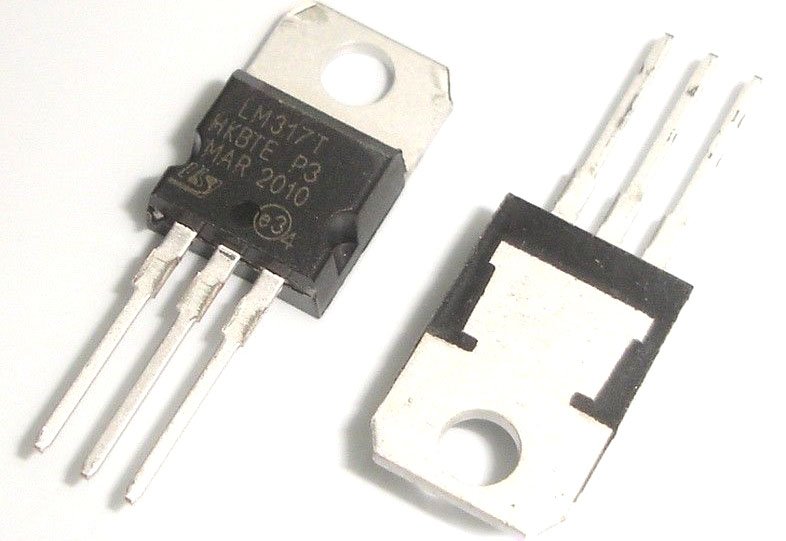
This video shows you how to build a regulated power supply using LM317. This post is a supporting article to the following posts:
This video does not belong to BuildCircuit.
You can purchase a simple ‘breadboard power supply using LM317’ at buildcircuit.net. www.buildcircuit.net is an online store operated by BuildCircuit team.

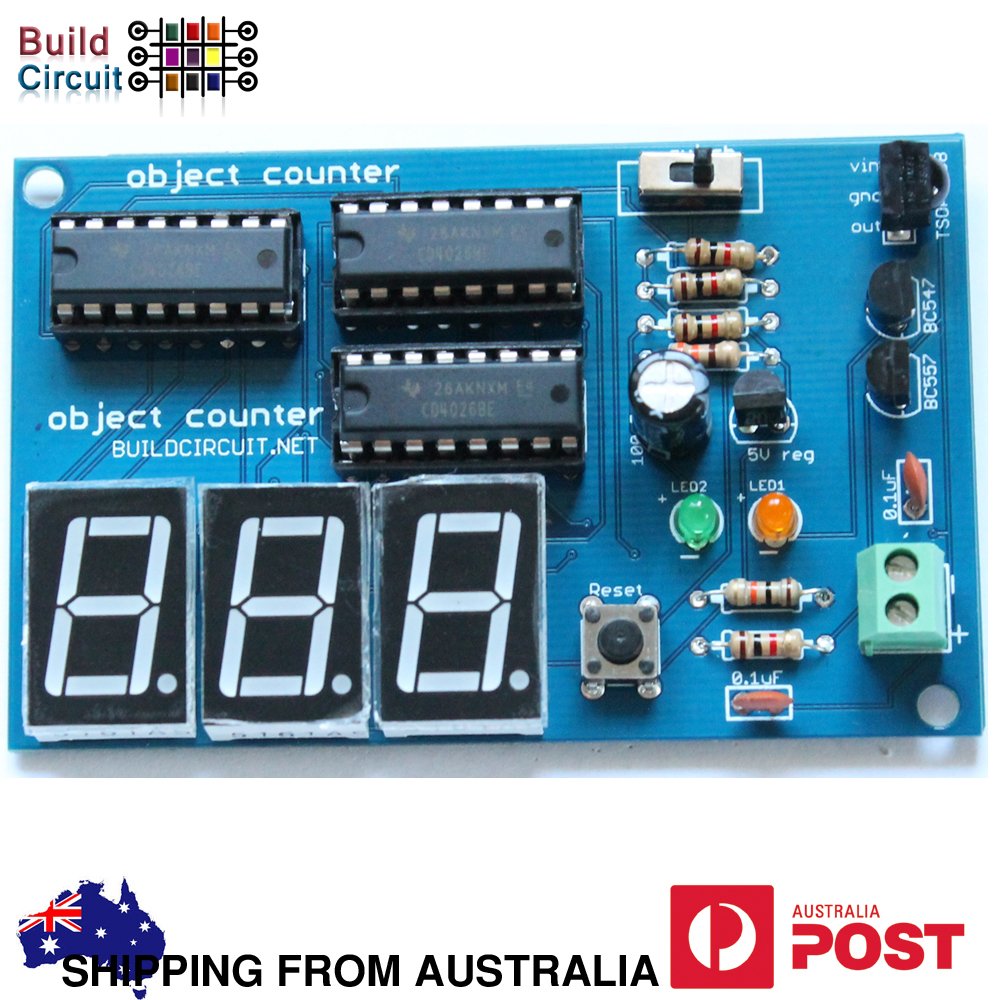
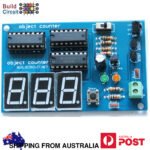
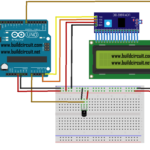
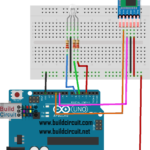
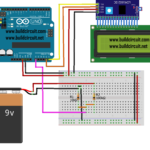
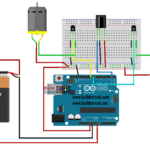
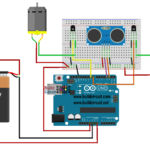

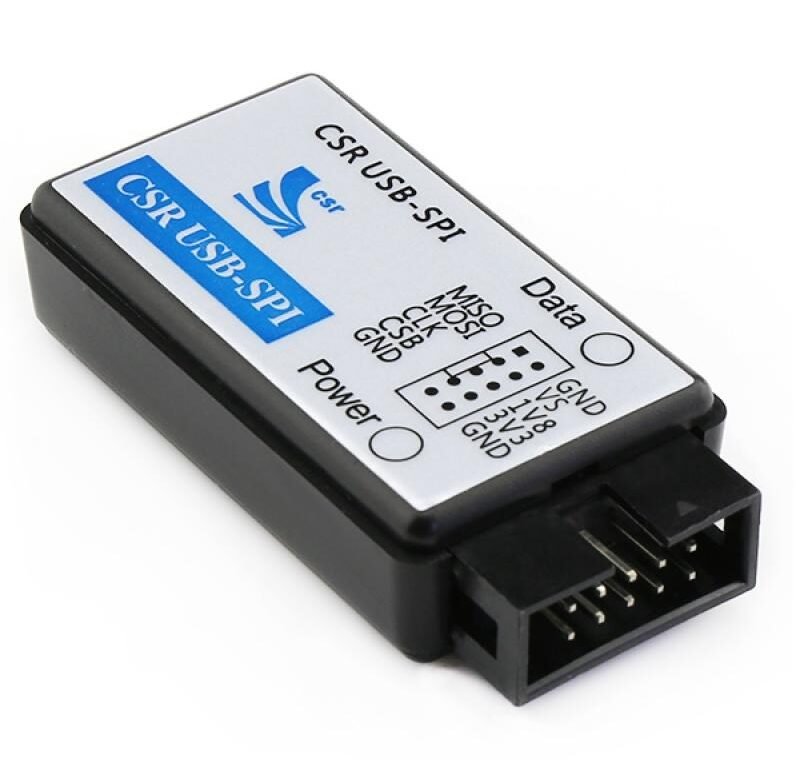
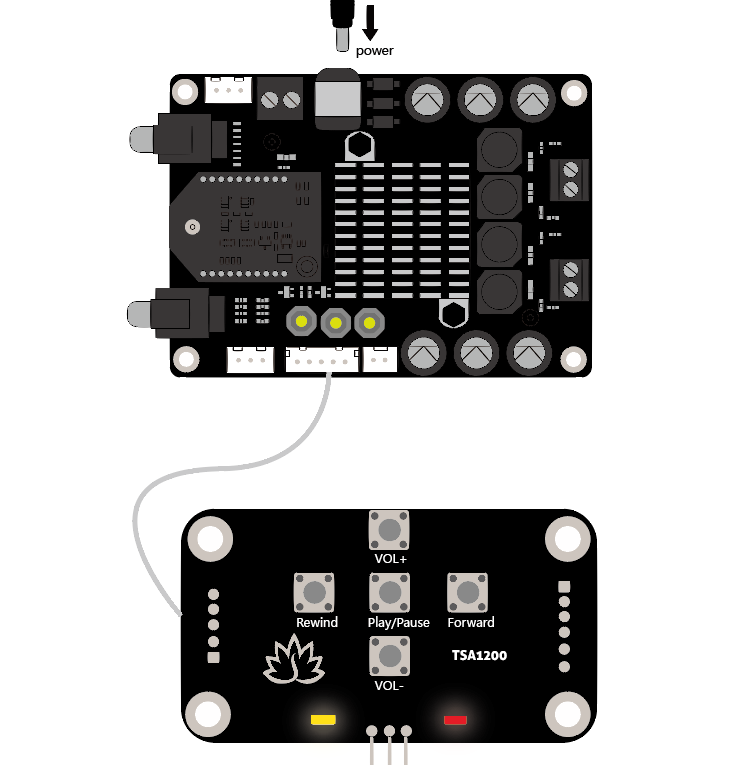

ny1 spot the MR T at 40 seconds
Any suggestions on how to remove any ripples and noise from the power? I
need clean power for my audio.
if i wanted to turn 24v, to around 3.5v…..what resistors would i need?
I loled at 2:12
i would like to create voltage regulator of 0-50v range…can i use the
lm317?? and do you know any software wherein i can check it,,i use circuit
wizard but i can’t find the lm317 on the software
Nice tutorial and very well explained.
Can I use 2 SMD electrolytic capacitors with these ratings (0.1 and 1)
instead of one ceramic and one standard electrolytic? Thanks for your
answer.
He multiplied R2 by 1.25 to get rid of the latter, which gives
4700*1.25=5875
Google “LM317 datasheet.” The datasheet says that the maximum input voltage
is 40V, so nope.
If you want the cleanest “audiophile” power, run off batteries. If you want
to make this circuit have minimal noise, increase C2 to 1000µF or more.
(Note, if you increase it a LOT, the output voltage will take a while to
get from 0V up to the set voltage. This MIGHT cause unusual sounds during
power on. I don’t think it will ruin your device, but I won’t guarantee
that!)
sir i have one question i got something like a potentiometer from a mouse
it was placed in the mouse wheel can you tell me if that is a potentiometer
or is that any other device
Is there any way to create an adjustable voltage supply from 0 to 25V ?
Because I had a teacher who told us that is possible, but he never showed
us how…. (sorry about my bad english)
LM317 Adjustable Voltage Regulator Tutorial
is there any way to split a dc source. like making two 5 and 7 volt sources
form a 12 volt source. and thanks a lot for these awesome vids… you rock
m/
is that the 1.25 is the constant value? in the formula
whats the maximum amperage rating for this? I need to convert 12v (or
rather, ~13.6v) DC to 16-18V @ 18-20amp max. how do i increase the maximum
amperage rating? the input voltage would be off a car battery/running car
voltage.
0:40 right side of video 🙂
LM317 Adjustable Voltage Regulator Tutorial
i dont understand the math … =( do you know of any books where i can
learn the basic formulas? cause right now i just been getting schematics
and putting things together but i have no understanding of the math behind
any of the project i do
ASARUDDINAHMAD TERENGGANU
Yup
Kinda. What you really want to do is have 1 transformer with multiple
windings on the secondary side to give you the multiple voltages.
Hey, great video. I have a question you may be able to help with. I’m doing
an RC wheel chair mod and I need to get a 6v power supply to output 2.5v
positive AND 2.5v negative. Using the LM317 and various resistors i’m able
to get the positive current right in the butter zone but the negative is
always around -3.8 or so. Would you have any suggestions on what I would
need to regulate the negative current and how to do that? Thanks!
MR. T
can you use a non-adjustable regulator(like L7809) with the potentiometer
to get variety of output voltages?!
I pity the poor fool that didn’t catch the Easter egg!
Thanks.
Great vid, but you can avoid using thi specialty reg and use regular 7805,
7809, 7812, 7815…..etc. You use the same potentiometer trick and this
creates a floating ground circuit so the IC still ‘thinks’ it is regulating
a lower voltage. These are generally good to about 35 volts DC output max.
But a great set of videos overall. Say, what brand of O scope would you
recommend if one does not want spend top dollar ( i’d rather have more
frequency in exchange! ) thanks
thanks it help out with my homework XD, great videos
thank you so much 🙂
Those LM317, I pay 24 cents.
Could could help me with a voltage regulator that will run off of 120 v AC
and be adjustable to 1.5-37 volts DC?
can i use ka317?
Can i use a LM1117 in place of the 317 ?
how and where would someone hook up the rheostat to just limit current.
Racking my brain and hoping not to burn the house.
Awesome and clear – Thanks!
what would be a 3 or 6 amp version of the LM317??
You didn’t say you used 12V as input and I had to guess
Awesome video Sir. Thank you 🙂
this may sound weird, but I have a similar adjustable regulator that I used
and it runs along the same base as the LM317. The AMS 1117 ADJ is set up
the same way, however the formula has nothing to do with it at all what so
ever. It turns up, it only needs a resistor on the Adj/Grd pin to positive
and use the ground as normal and I can adjust to any voltage I want. If
the out pin is connected in any way, the voltage is not regulated (i.e 5
volts in, 5 volts out if the out pin is connected to anything in any way.)
I’ve tried extremes for resistance on either R1 or R2, 10 Mohms, 30 Mohms,
etc…. nothing, even connecting things to purposely short out the OUT from
the adjust pin. if the out pin is connected it wont bother going through
anything else it will be what ever the input is. Any ideas?
i am wanting to use a -12v rail and a 12v rail and use the potentiometer to
adjust between 3.3v and 24v. is the LM317 ok to handle this?
When you are talking about the resulting heat created can we add this value
to the total consumption of the device we are powering?
Thanks! Works great with a computer power supply. Since a cpu power supply
has -12v and +12v and voltage is equal to the difference, you can use the
-12v as the ground instead of a 0v ground and get a variable 24v.
Let’s say that I have a wide-range input voltage (say, 1-volt to 20 volts),
but I want to use a fixed output voltage of 13.7 volts. Can the LM317T
accept that much power without smoking it, if I give it a large enough
heat-sink? I am wanting to build a custom voltage regulator to work for a
remote DC gen to lead-acid storage cell system, where the charge is
supplied by a windmill. In theory, this is the same circuit used in older
cars (voltage regulator preventing overcharge from alternator). Am I
missing something, or is the voltage regulator on an older automobile not a
similar circuit?
This is cool 😛
Durasmell xD
Can someone explain to me how 50farad*4.7Kohms=0.485+1V=1.485v.
I’m a bit rusty on my conversions, but I tried converting Farads to ohms*R2
then convert to volts and did not get what I was displayed in this
presentation.
O*F=v, V/F=O…
200o*3F=600V, 600v/3F=200o/600v=3f
Thanks
i tried wiring the circuit with the potentiometer… i checked my design
but i keep burning the potentiometer… why is that?
Thanks a lot! This is great!!
im so goddamn inlove with transistors, but tubes got it still thou
Anyone else like the durasmell joke? 😀
so if i have a 3 volt input and a 2 volt output, what will my current be
limited to?
And How do we do to have the proper current ? Does it adjust by itself ?
lol anyone noticed Mr. Ts face pop up when he said “LM317T or LM317AT”
I did not get that ” 50u ” part of the equation either!
Thanks, I really should have known that,I saw that later also explained on
another video. Most videos neglect that part of the equation, they say
because the difference it makes to the outcome in most instances is
miniscule.
The only fail I detect is that heat is a type of energy, not power
Hi could you use an adjustable voltage regulator with two 12 volt
batteries, so you could have adjustable power from 1 volt to 24 volts
There’s a webpage in my country called hestore, and they sell the LM317T
for 45 cents 😀
Useful tutorial on how to use the LM317 voltage regulator
Can I use this to charge a battery via solar panel?I mean,if the solar
panel produces 40 v can i use this setup to charge a 12v battery?
this is by far the best explanation of how to use a LM317. None of the
other literature i found gave guidelines and explained what happens when
the Vin and Vout are wildly different. This video was awesome
Am I the only one who notiiced Mr T at 0:40? 😀
Let’s say I need 5V at up to 2A of current drawn. How big of a heatsink
should I use, and what value resistors do I need?
Thanks dude, really helped me!
Awesome video!
What would be the next-best alternative to a linear voltage regulator if
you were looking for something more efficient?
Im a bit confused after opening up a high end power suply (advanced 19 volt
6 amp SMPS) and finding loads of N channel mosfets. Googling these
(“45nq10t” and “k3797”) says the application is dc to dc conversion and
SMPS’s but what makes them different than Voltage regulators? Could they do
the job?
I would like to build this device for automotive usage. I would not need it
to handle very much amperage. Since the range of usage would be from half a
volt to 12 volts (with little to no amperage), I need to be able to
determine how much output voltage is being supplied . If I were to place a
digital volt meter on the output side of this device , would it affect the
out put voltage ?
the last power supply i built with lm317 gave an output of up to 40 volts
“Durasmell” – love it 🙂
Do It !
toi la nguoi sua chua,thong thuong bay gio toi rat thich mon dien tu,rat
mong i kien dong gop tu cac ban,
Does this circuit adjust amp?
Because i’ve got a 24v 1.1ah power supply and i want to adjust voltage, but
i also want to keep amp
Can LM317 use to replace car alternator voltage regulator?
please upload more videos about electronics …
thank you very much 🙂
Hi Afro, Great video and easy to learn with your clear straightforward
videos.
I will be sure to link to your Amazon.com page in the future. Glad to do it
.!
Cheers, G.
Lm317 has current limitation i think 1.5 A when i test it with big Rc Car
7.5v , i put ,12v Lithium useless laptop battery it doesn’t work , i used
L200.it works .